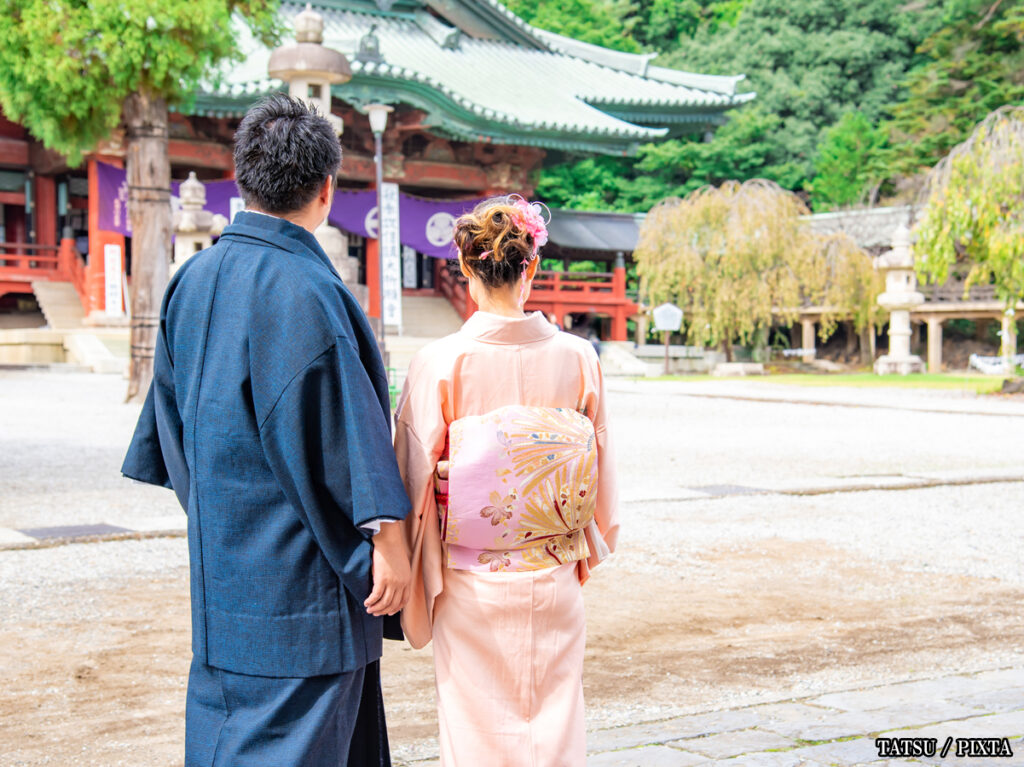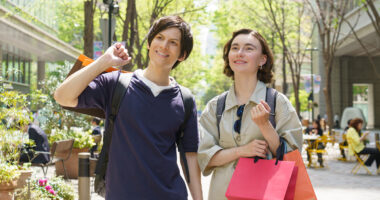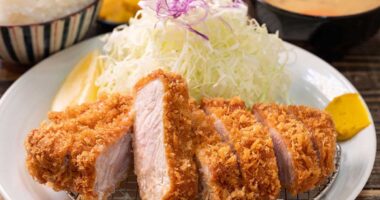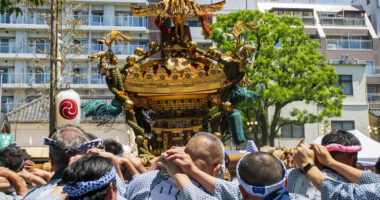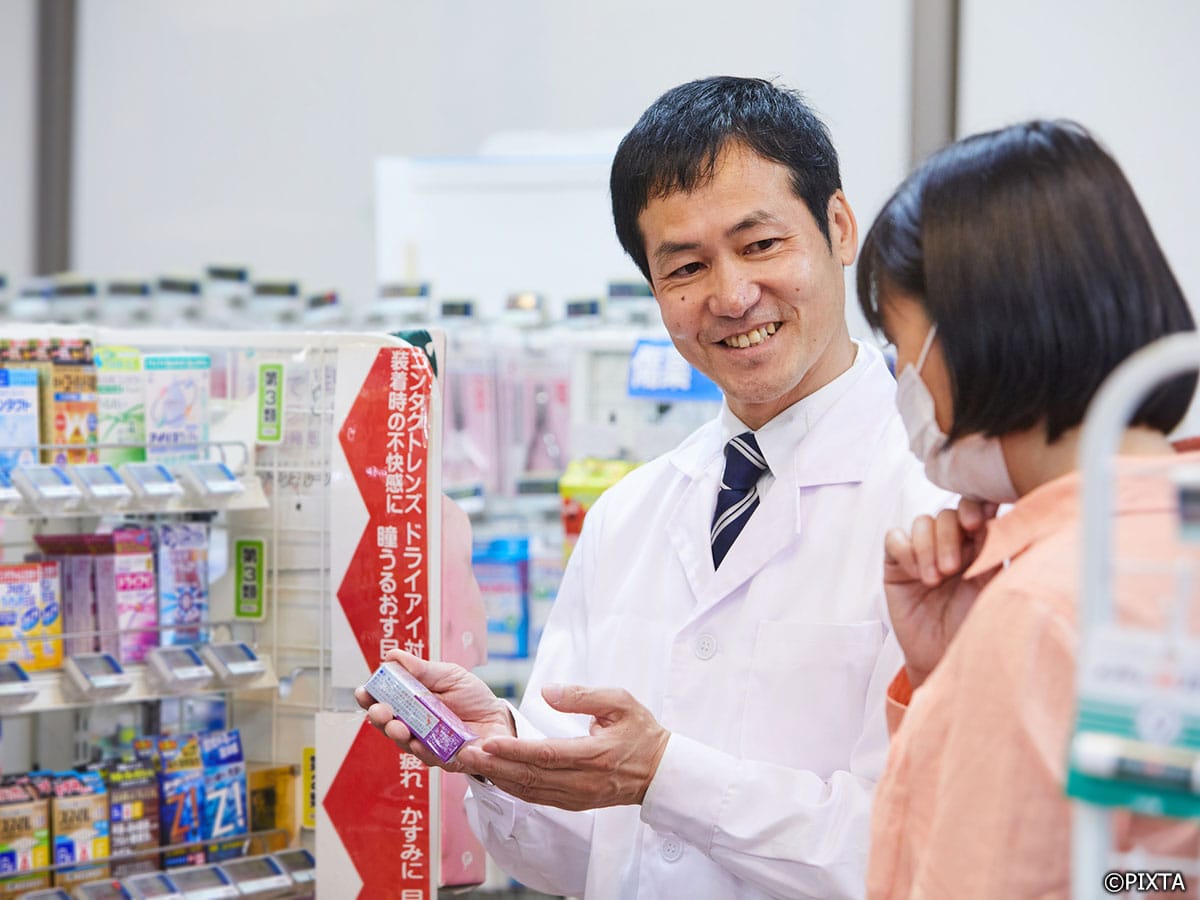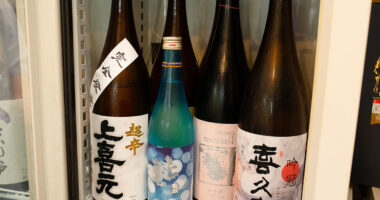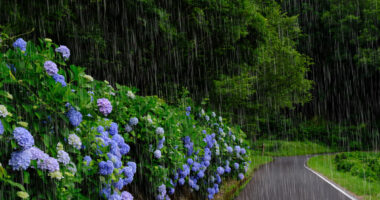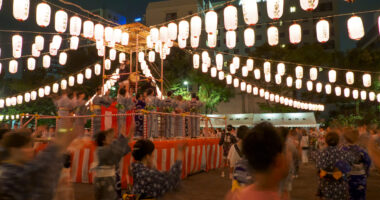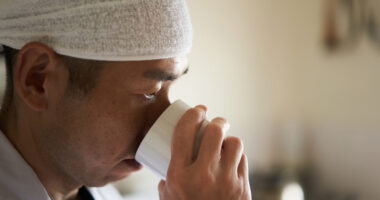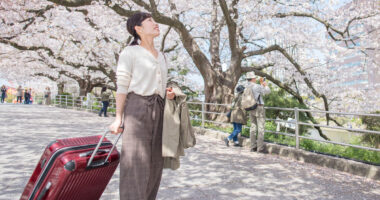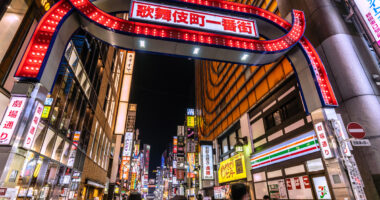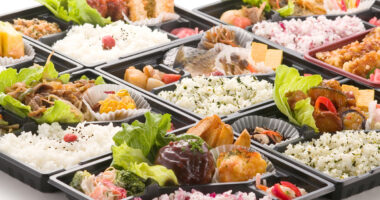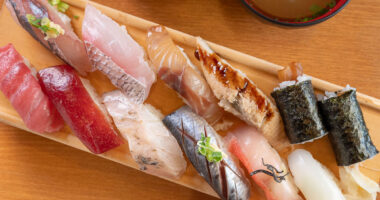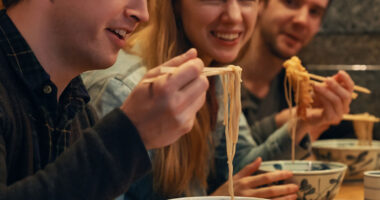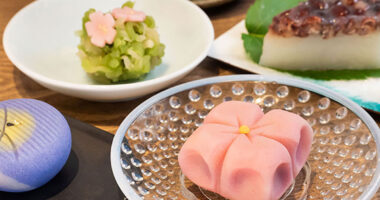Yakudoshi, often referred to as “the unlucky years,” is a well-known cultural belief in Japan. It centers around the idea that certain ages in life bring yaku, misfortune or bad luck. For both men and women, these ages are seen as turning points that might come with extra challenges, health issues, or life difficulties. While some consider it just a superstition, yakudoshi is deeply rooted in Japan’s traditional practices and rituals. Many people still observe this belief today, making it more than just a passing superstition—it’s a way of life for some.
In this article, we will explore the concept of yakudoshi in detail, shedding light on the specific ages associated with misfortune for men and women. We’ll also examine the cultural significance of these ages, the differences between male and female yakudoshi, and how modern Japanese society continues to observe and manage these traditional beliefs.
- What is yakudoshi?
- Maeyaku and atoyaku: understanding the before and after
- Yakudoshi ages for men and women
- Why are these ages considered unlucky?
- How to participate in a yakuyoke or yakubarai
- Cultural beliefs around yakudoshi
- How modern Japanese people treat yakudoshi today
- Conclusion: the enduring influence of yakudoshi in Japan
What is yakudoshi?
Yakudoshi is related to associating each year of life with a cycle of both good and bad fortune. During these years, people may experience heightened risks. The misfortune is not seen as inevitable, but rather as a period of caution and awareness.
In the context of yakudoshi, it is important to understand that these beliefs are not meant to predict one’s fate or guarantee misfortune. Instead, they serve as a reminder for individuals to take extra care of their health and well-being. In fact, some believe that during these years, individuals are more vulnerable to spiritual harm, and so they are encouraged to be especially cautious.
What makes Yakudoshi distinct from other superstitions worldwide is its age-specific nature. Rather than being tied to a general concept of bad luck, Yakudoshi assigns particular ages to misfortune, with each year carrying its own set of challenges.
Maeyaku and atoyaku: understanding the before and after
To better understand the flow of yakudoshi, it’s important to look at two key terms: maeyaku and atoyaku, terms used to distinguish the ages when misfortune is thought to begin and end.
Maeyaku
Maeyaku, which translates to “before misfortune,” refers to the year leading up to one’s honyaku, or main yakudoshi age. It’s often viewed as a transitional period, where the effects of misfortune may begin to appear. While it may not be as intense as the yakudoshi year itself, this phase is still approached with caution. Many take it as an opportunity to slow down, avoid major life changes, and seek spiritual support, sometimes by visiting shrines or performing small rituals to ease the path ahead.
Atoyaku
Following the honyaku year comes atoyaku, or “after misfortune.” This is the recovery period, seen as a time when the challenges of the unlucky year begin to ease. However, it’s not necessarily a return to normal overnight. Many still observe traditional precautions during atoyaku, as it’s believed that lingering effects from the yakudoshi period can still surface.
Together, maeyaku and atoyaku establishes the yakudoshi as a broader three-year cycle that acknowledges not only the arrival of difficulty but also the process of preparing for and recovering from it.
For both men and women, this cycle represents more than just superstition; it reflects a way of thinking about life’s natural ups and downs. It encourages mindfulness, self-care, and support from family and community during potentially vulnerable periods.
Yakudoshi ages for men and women
In yakudoshi, the years considered critical aren’t the same for everyone. In fact, the traditional system outlines different ages of concern depending on gender, each carrying its own cultural weight and level of seriousness.
How to know if you’re in a yakudoshi year
Yakudoshi is usually based on kazoedoshi, a Japanese system of age reckoning in which everyone is considered one year old at birth and turns a year older on New Year’s Day, regardless of their actual birthday. This means that your yakudoshi year is usually determined by your birth year, not your exact birthday.
Although some regions and specific shrines or temples may have a different way of calculating them, here are the most commonly established yakudoshi for adults:
Yakudoshi for men
When it comes to these pivotal years, men often hear warnings about 25, 42, and 61. These are the major yakudoshi ages that are said to bring shifts, challenges, or just a general sense of “watch your step.” Whether you believe in the traditional meaning or not, these years tend to show up in conversations, especially in families that still honor age-old customs in Japan.
25
At 25, you’re probably in the thick of figuring out adulthood, your career’s taking shape, your social circle might be shifting, and responsibilities start stacking up. This year is a kind of “heads-up” moment in life. It doesn’t carry the same weight as 42, but many Japanese men still treat it as a time to be extra mindful. Some avoid making huge life decisions, while others visit temples or shrines for a little spiritual insurance. Even if you’re not superstitious, it’s a chance to check in with yourself and how you’re handling life’s momentum.
If you were born in 2001, 2025 is your honyaku year; men born in 2000 and 2002 are in their maeyaku and atoyaku years, respectively.
42
Now, here’s the year that really makes people pause. 42 is known as the most serious “unlucky” year for men, labeled as a taiyaku (major misforunte) year, and for good reason. In Japanese, 42 can be pronounced as “shi-ni,” which eerily sounds like the word for “death.” It’s seen as a peak moment for physical burnout, emotional stress, or even unexpected accidents. It’s not unusual to hear stories of men who’ve had major life disruptions around this time. In households that lean traditional, there may be special rituals, purification ceremonies, or a general sense of walking carefully through the year.
If you were born in 1984, 2025 is your honyaku year; those born in 1983 and 1985 are in their maeyaku and atoyaku years.
61
61 is another yakudoshi year for men. While it doesn’t bring the same level of worry as 42, it still signals a major milestone. Some see it as the beginning of a new life cycle, especially with retirement on the horizon for many. It’s a natural point for reflection, specifically on health, pace, and on what’s next. People who observe the tradition may use this age to reset or seek out symbolic protection.
If you were born in 1965, you’re in your honyaku year in 2025; those born in 1964 and 1966 are in their maeyaku and atoyaku years.
Yakudoshi for women
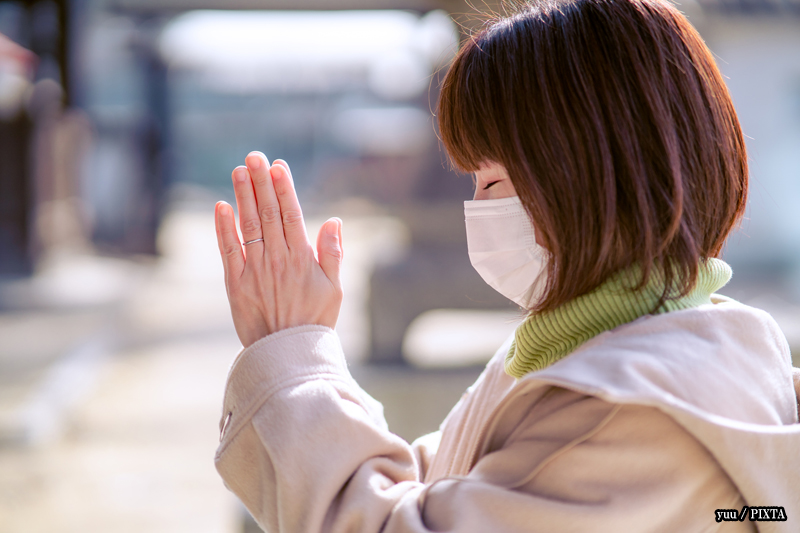
Photo for illustrative purposes
When it comes to these “unlucky years,” women have their own set to watch out for. The major ones are: 19, 33, and 37. Each of these ages carries a different level of attention in tradition, and while not everyone treats them seriously, they’re still woven into the fabric of many households across Japan.
19
This is often the first checkpoint. At 19, you’re stepping into adulthood, possibly juggling new responsibilities, figuring out your path, or even navigating the pressure of what’s next. While it’s considered a yakudoshi year, most don’t treat it as something ominous. Still, in families that lean traditional, it’s not unusual for parents or elders to encourage extra self-care and thoughtfulness during this time.
If you were born in 2007, 2025 is your honyaku year; women born in 2006 and 2008 are in their maeyaku and atoyaku years.
33
33 is considered the most intense year for women. It is a taiyaku year that’s often surrounded by superstition, rituals, and extra caution. It’s said to be a time when emotional turbulence, health hiccups, or relationship strains can feel more intense. Some women hold off on major milestones, like getting married or relocating, until the year passes. In more traditional settings, it’s common to visit shrines for purification or to carry protective charms.
If you were born in 1993, you’re in your honyaku year in 2025; those born in 1992 and 1994 are in their maeyaku and atoyaku years.
37
37 doesn’t carry the same weight as 33 for women, but it still gets a side-eye from those who follow the old ways. It’s often seen as a time when stress might creep in, especially for women trying to balance careers, families, and everything in between. If you’re someone who observes Japanese traditions, this might be the year to carve out time for yourself and give your well-being a little more attention.
If you were born in 1989, 2025 is your honyaku year; women born in 1988 and 1990 are in their maeyaku and atoyaku years.
Each of these years, though different for men and women, acts as a signal to pause, reflect, and proceed with caution. They have been passed down for generations in Japan, and the belief system surrounding them is still widely practiced today.
Why are these ages considered unlucky?
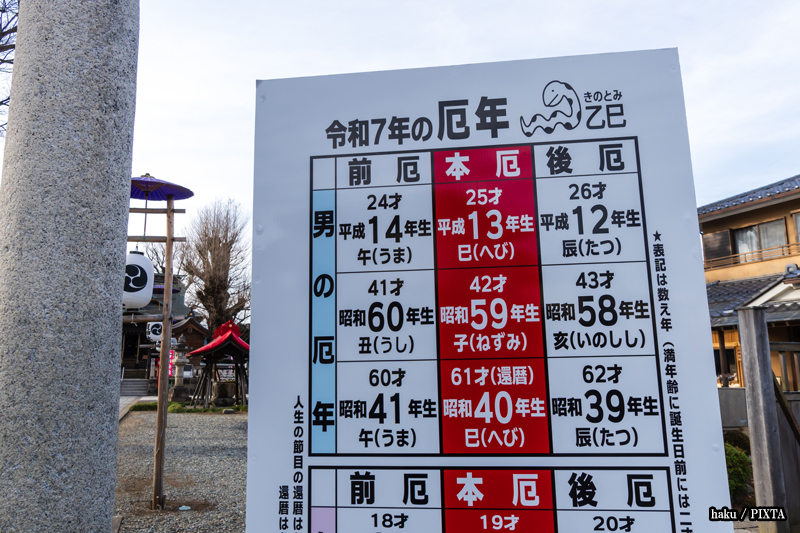
Photo for illustrative purposes
In many Western cultures, the number 13 is thought to bring bad luck. Many even skip the 13th floor in buildings and also avoid Friday the 13th. Similarly, Japanese culture treats certain ages as dangerously unlucky. These years are thought to invite major life disruptions, unless they’re met with specific rituals or spiritual cleansing to ward off bad luck.
How to participate in a yakuyoke or yakubarai
To protect themselves during these special times of life, many Japanese people either visit a Buddhist temple or Shinto shrine to participate in special rites. Although there are exceptions, this is most often called yakuyoke at the former and yakubarai at the latter. Participants may receive a special omamori (protective charm) and/or assist in a special purification ceremony. They might also offer a small prayer or donation, seeking spiritual protection for health, well-being, and guidance through the challenging year. Some also participate in symbolic acts like burning a piece of paper with their name written on it, representing the removal of misfortune.
Cultural beliefs around yakudoshi
The belief in yakudoshi is deeply rooted in Japan’s cultural fabric. Historically, people in Japan have believed that individuals undergoing their yakudoshi years are particularly vulnerable to both physical and spiritual harm. In addition to health and life challenges, yakudoshi is thought to affect an individual’s career, family life, and overall happiness. This is why it is taken very seriously in Japanese culture.
During yakudoshi years, people often take extra care of their loved ones. Their goal isn’t to be afraid, but to be cautious and thoughtful. Here are some common ways people handle their yakudoshi:
Avoiding big decisions
During a Yakudoshi year, many choose to delay major changes, like moving to a new home, switching careers, or making large purchases. It’s seen as a time to stay steady and avoid taking big risks.
Health checkups
This is also a time when many schedule medical checkups. Taking care of your health is one way to stay prepared and feel more secure during an uncertain year.
Support from family and friends
Being around loved ones is another way people get through Yakudoshi. Spending time with family and having emotional support is believed to help keep bad luck away.
Spiritual protection
Visiting shrines or temples is also common in Japan. Some pray for safety, while others participate in simple rituals or give small offerings. These acts are meant to bring peace of mind and spiritual balance.
In the end, yakudoshi isn’t just about avoiding bad luck but about being aware of life’s changes and handling them with care. People in Japan see it as a helpful tradition that encourages reflection and support during key moments in life.
How modern Japanese people treat yakudoshi today
While yakudoshi remains a significant cultural concept, modern Japanese society has somewhat moved away from strict adherence to the superstition. Most younger generations don’t take the idea of yakudoshi as seriously as their ancestors did, and for many, the idea is seen as a cultural tradition rather than a binding belief.
However, many people still pay attention to yakudoshi when they reach these ages, and some take the opportunity to reflect on their life choices or make adjustments. Some pray for good fortune, while others choose to make small changes in their life, such as taking medical checkups seriously or spending more time with the people they care about.
For those who take it seriously, yakudoshi can still be an important cultural marker. The increasing influence of modernity, however, has led many to interpret these cultural beliefs in a more casual way, understanding them as a form of cultural respect rather than an inevitable fate.
Conclusion: the enduring influence of yakudoshi in Japan
Yakudoshi, or the unlucky years, is a fascinating and deeply-rooted part of Japanese culture. While modern life in Japan has embraced progress and change, these age-related beliefs still carry significance for many. Whether people fully believe in the misfortunes these years may bring or simply follow the traditions out of respect, the rituals and customs surrounding yakudoshi remain an important part of the cultural landscape.
For visitors or those planning a trip to Japan, understanding what age is yakudoshi in Japan and the cultural weight behind it, offers a unique window into the country’s spiritual mindset. You may not be personally affected, but knowing about this custom helps you better appreciate the beliefs that influence daily life here.
